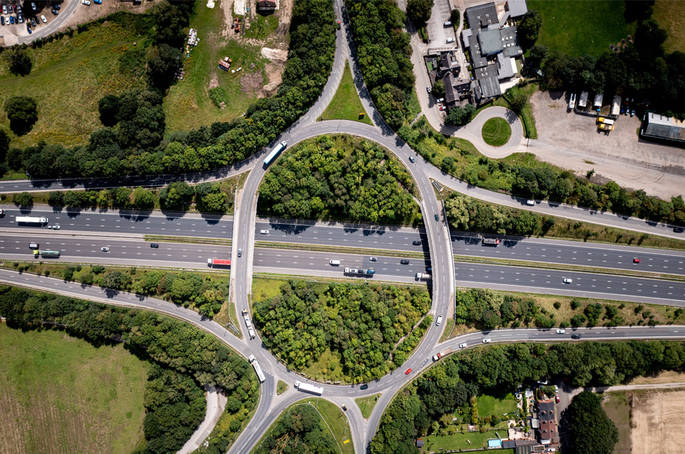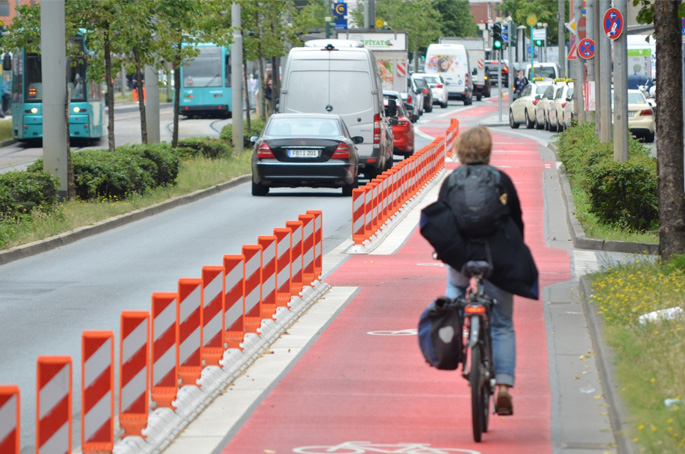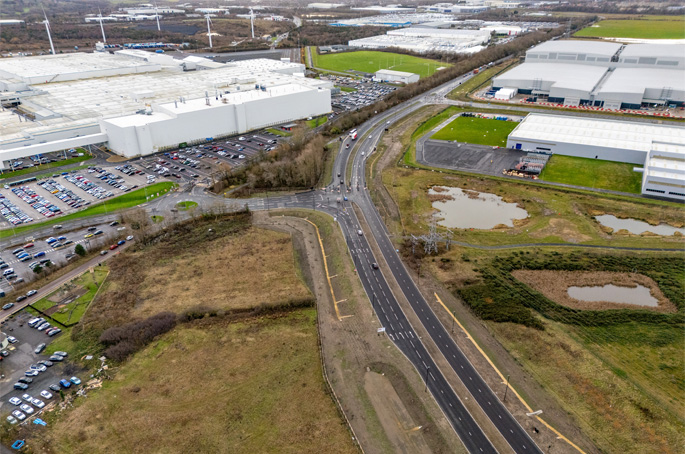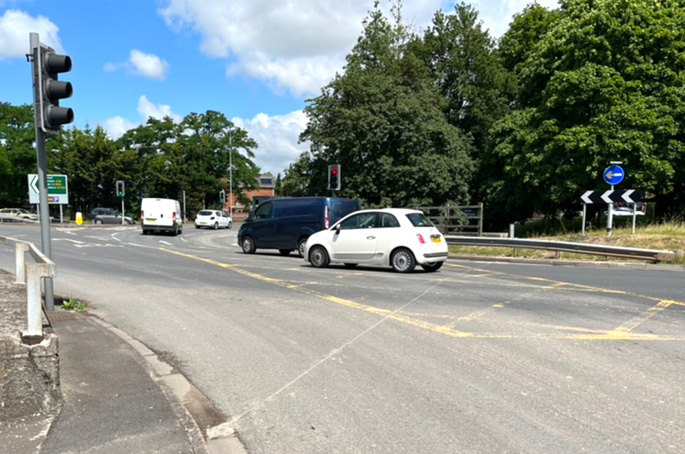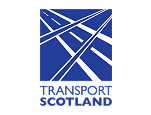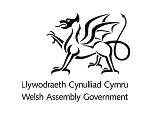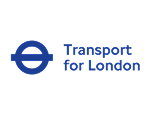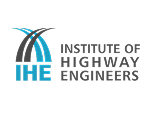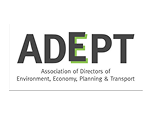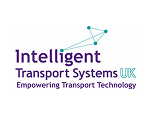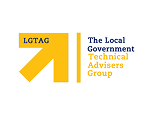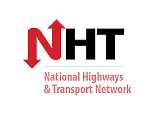Colette Carroll OBE, managing director for transportation at AtkinsRéalis UK & Ireland, discusses how highways can evolve with devolution.
It is a longstanding habit of mine to clock where lorries are coming and going from when I see them from the safety of the passenger seat. Lorries illustrate the evolution of our supply chains - a moving snapshot of social and economic history.
While the assets they drive on remain in place, the lorries move against a shifting political backdrop. A lorry driver travelling from Manchester to Kent will cross the networks of several different highway authorities without knowing it, yet they would expect the same level of safety, quality and reliability throughout the approximately 250-mile journey.
We currently have over 150 local highways authorities in England responsible for that safety, quality and reliability. Devolution plans will see more powers passed to local decision makers, which is welcome, but it also introduces the potential for greater fragmentation across our network.
Instead of this being seen as a challenge to manage, this is an opportunity to strengthen co-ordination of the network. Record transport investment flowing to city regions and new mayor-led authorities should be a catalyst to strengthen relationships between central government and the mayors.
Additionally, the Treasury's Green Book rules are being rewritten to reward place-based business cases which look at the bigger picture. Instead of evaluating a road upgrade in isolation, future appraisals can bundle interventions – a new road, rail station, and employment zone – to capture combined economic and social benefits.
Many in the industry, including AtkinsRéalis, have long supported this change, as it is evident that by doing so will unlock regional investment by revealing the true value of transformative schemes.
This holistic thinking exemplifies a ‘one network' mindset – planning roads as part of a wider system of places, not as isolated links. Making this work in practice means rethinking how we co-ordinate across the entire highway system, suggesting an opportunity for an organisation to provide system-wide integration.
National Highways as strategic partner
National Highways, as manager of the strategic road network (SRN), is positioned to evolve from road asset owner to strategic partner and enabler for enhancement across the whole system.
As local leaders set out bold transport visions, few would deny that Local Transport Plans, Spatial Development Strategies, and SRN investment plans must be informed by each other.
An integrator role would align with National Highways' three imperatives of safety, customer and delivery. While the SRN primarily enables movement between urban centres and local roads serve wider community needs, a 'one network' approach could extend the customer focus across administrative boundaries, ensuring consistent standards and service quality for the complete journey.
As noted in the English Devolution White Paper: ‘National Highways is committed to formalising and strengthening its relationship with Mayoral Strategic Authorities.'
A ‘one network' transformation would build on this commitment by broadening National Highways' strategic perspective to encompass complete journeys across the wider road network. The Mayoral Council for England provides a natural forum for developing these enhanced partnerships at a strategic level.
This partnership approach is already emerging in network resilience. Roads don't respect administrative boundaries when it comes to traffic flows or extreme events and the public expects a co-ordinated response.
National Highways already has 2,700 pre-designated diversion routes with local authorities for all major closures and further co-ordination opportunities exist to enhance incident response across networks. This is the ‘one network' approach in action – recognising that during an incident, it's all one connected grid of roads helping people reach their destination.
Crucially, National Highways may be able take on this light-touch integrator role without legislative change, using existing mechanisms such as the Design Manual for Roads and Bridges as a foundation. Future road investment strategy (RIS) planning must take account of mayoral priorities, creating natural alignment between national and local objectives.
Identifying a need
Often, a single upgrade on the SRN can unlock significant local benefits. The M5 Junction 10 project in Gloucestershire exemplifies this approach. Led by Gloucestershire County Council with National Highways support, the scheme will convert a limited-access junction into an all-movements interchange – allowing traffic to join and exit the M5 in all directions.
The impact will be transformative: opening land for 9,000 new homes and a 100-hectare Cyber Business Park, creating thousands of high-skilled jobs. This partnership illustrates the future – a local authority identifying a need and National Highways helping deliver solutions that work for both the local area and the strategic network.
Ultimately, this could generate greater efficiency and value for money in an environment of tight budgets. An integrator function could help pool funding streams, eliminate rework and deliver schemes that achieve multiple objectives – safety, economic growth, carbon reduction – rather than isolated outputs.
What the industry really needs now is clarity. As the landscape becomes more complex, all suppliers – from major contractors to specialist consultants – benefit from clear frameworks to manage their businesses effectively. An integrator model could aid clarity by establishing consistent approaches and co-ordinated pipeline planning across the network. This benefits not just road users but the entire supply chain that delivers and maintains our infrastructure.
The whole journey
A 'one network' mindset is ultimately a call for culture, co-ordination, and collaboration. It asks all of us in the highways sector – whether in a local council, combined authority, National Highways, or engineering firm – to look beyond our immediate jurisdiction and consider the whole journey that people and goods take.
England is entering a new era of devolved decision-making full of potential. In this landscape, a 'one network' approach offers a path to deliver what every road user expects on that 250-mile journey: consistent safety, quality and reliability. It's how we can meet public expectations, support growth, and enhance both National Highways' and local authorities' power to make a difference.

